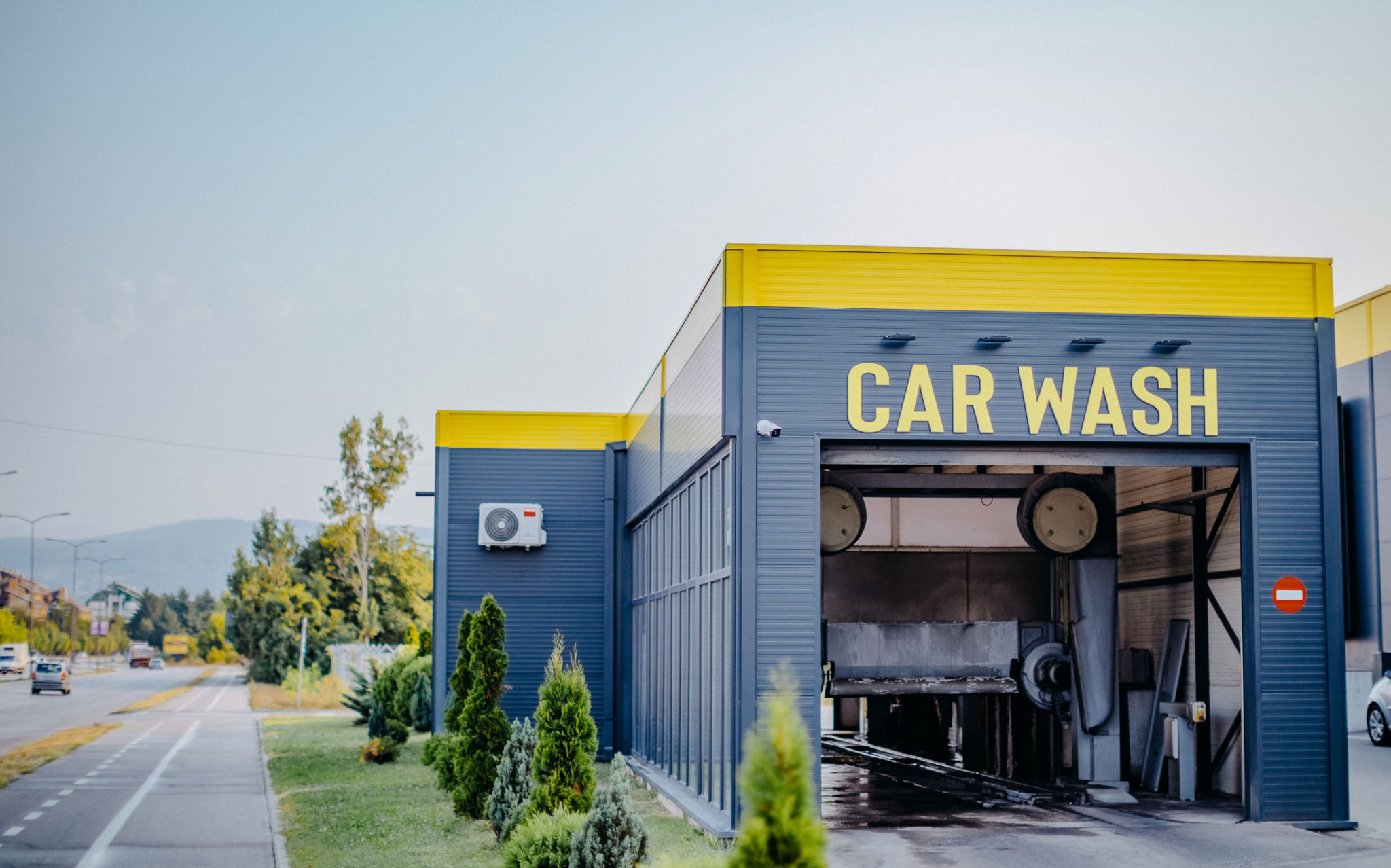Common Car Paint Myths Debunked: What Every Car Owner Should Know
Understanding Car Paint Myths
When it comes to maintaining the aesthetics of your vehicle, proper knowledge about car paint is crucial. Over the years, several myths about car paint have emerged, leading to confusion among car owners. It's time to debunk these myths and provide clarity on what truly matters for keeping your car's exterior in pristine condition.
One common myth is that all car paints are the same. This is far from the truth. Car manufacturers use a variety of paint types, including acrylic, enamel, and urethane, each with its own unique properties and benefits. Understanding these differences can help you make informed decisions when it comes to repainting or touching up your car.

Myth: Waxing Your Car is Unnecessary
Some car owners believe that waxing their vehicles is an unnecessary step in car maintenance. However, this myth couldn't be farther from reality. Waxing provides a protective layer that shields the paint from environmental factors such as UV rays, rain, and pollutants, which can cause fading and damage over time.
Regular waxing not only enhances the shine of your car but also extends the life of the paint by preventing oxidation. For optimal results, it's recommended to wax your car every three months. This simple step can save you from costly paint repairs down the line.

Myth: Automatic Car Washes Are Safe for Paint
While automatic car washes offer convenience, they may not always be the safest option for your car's paint. Many automatic washes use harsh brushes or abrasive materials that can scratch the surface of your vehicle. Over time, these small scratches can dull the paint and reduce its luster.
Opting for touchless or hand washes is generally a better choice for maintaining the integrity of your car's paint. If you do use an automatic wash, ensure it is a high-quality one that uses soft cloths or foam to minimize potential damage.

Myth: Bird Droppings Won’t Damage Paint
Another prevalent myth is that bird droppings are harmless to car paint. In reality, bird droppings are highly acidic and can cause significant damage if left unattended. The acidity can eat away at the clear coat and even penetrate deeper into the paint layers, leading to permanent stains or etching.
To prevent damage, it's important to clean bird droppings off your car as soon as possible. Using a soft cloth and a gentle cleaning solution can help ensure you remove it without scratching the paint.
Myth: DIY Paint Jobs Are Just as Good
Many car enthusiasts enjoy tackling DIY projects, but when it comes to painting a car, professional expertise is invaluable. A common misconception is that DIY paint jobs can match the quality of professional work. However, professional auto body shops have access to specialized tools and high-quality materials that ensure a flawless finish.
Moreover, professionals have the experience necessary to handle complex paintwork, ensuring even application without streaks or bubbles. Investing in professional services might cost more upfront but will likely result in a longer-lasting and better-looking finish.

Understanding these common myths about car paint can help you make more informed decisions about your vehicle's maintenance. By debunking these misconceptions, you can better protect your car's exterior and keep it looking great for years to come.
